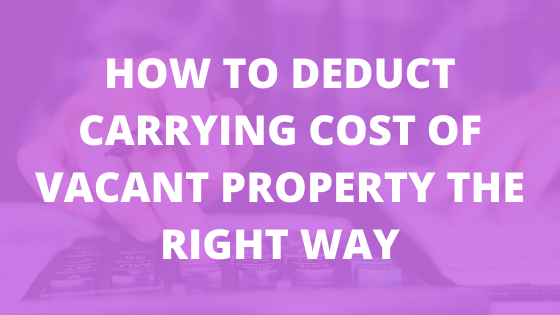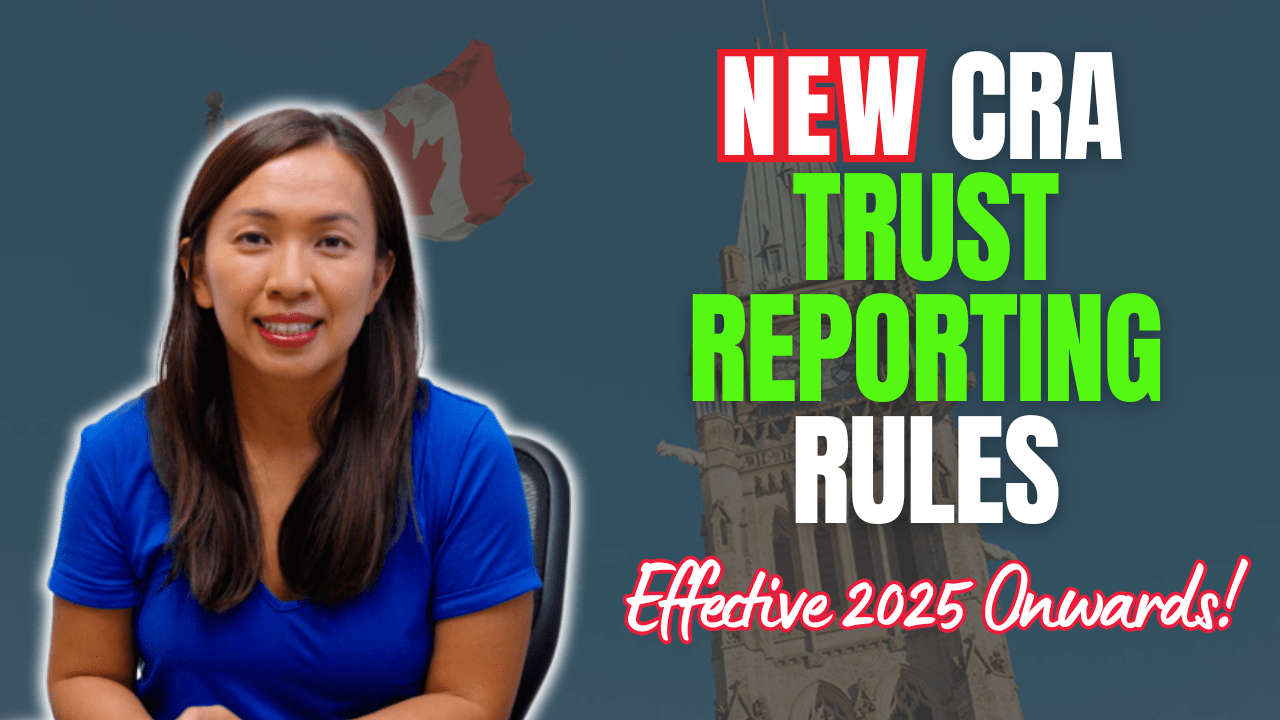Last week, I discussed the process of applying for the CEBA loan under the expanded criteria. I also got a chance to be interviewed by one of the best real estate coaches, best-selling author, Russell Wescott, aka the JV Jedi.
We spoke mostly about the government subsidies programs that are available to real estate agents and real estate investors. Of course, we also spoke about the CEBA loan available – that real estate investors who own their portfolio in a real estate corporation can potentially qualify.
If you are interested in finding out more about him, you can contact him via this link.
During this interview, Russell asked me what I’ve learned over the last few months of pandemic lockdown.
There’s always something good in every bad situation.
It forced me to re-evaluate our businesses as a whole and appreciate what we have.
It forced me to slow down (although if you ask people around me, we did not slow down a bit) and make the best out of the situation.
It’s all about flipping a switch, looking at the bad situation through a positive lens.
Speaking of bad situations, I recently met with a couple who had left their rental units vacant for a while due to renovations and subsequently, health issues.
Their previous accountants did not allow them to claim the carrying cost of the property on their returns. They initially thought that they could be getting a large amount of refund from the government, but they ended up getting a nominal amount.
This poses a very valid question:
If you leave your property vacant, can you claim the carrying cost as an expense against other sources of income?
This depends on your particular situation. Here’re the most common scenarios we have encountered.
- Cottage (personal use property) – 100% personal use
If you own a cottage (a residence other than your primary residence) and you don’t rent it out as short-term rental, the carrying costs including property taxes, insurance, mortgage interest and utilities are not tax deductible. You can find a property like this by using Lynchburg realtors or similar realtors closer to where you’re looking for a property. This is often one of the easiest properties to find due to the wide range of options out there for private investment.
However, capital improvements you’ve made to the property, including structural changes, a new HVAC system, etc., can be added to the cost of your purchase.
When you eventually sell the property, your capital gain is lowered by the capital improvements you’ve made throughout the years.
As you all know, we must earn our deduction. This also means that you have to keep the receipts of these capital improvements until you sell the property. 😊
- Cottage (personal use property) – partially rented out

We went to my best friend’s cottage for a weekend getaway. Her cottage is located right on the lake. She often rents out the property for the summer and winter to make extra income while her kids are busy with hockey practice.
Her cottage is partially rented out, therefore, the carrying cost of her cottage is partially deductible.
In other words, a portion of the property taxes, insurance, mortgage interest, utilities and maintenance and repairs on the property is tax deductible.
The portion that is deductible is purely based on the duration of the time the cottage is available for rent and rented out.
Capital improvements, similar to scenario #1, are added to the cost of the building and claimed when the property is sold.
- Vacant property for major renovation
If you purchase an older property, and you need to renovate it to get it ready for rent, you can search online for some Milwaukee Renovation Construction Services (if that is where the new property is located). The money that you will pay for that renovation will be considered a capital improvement to the property.
Similar to what we describe in scenario #1, capital improvements are added to the cost of the building and claimed against the future sale of the property.
In terms of the carrying cost, i.e. property taxes, utilities, insurance and mortgage interest incurred during the period the renovation is conducted, they are also added to the cost of the building and claimed against the future sale of property.
Yep. If you do major renovation and can’t rent out the property, the carrying cost of the properties are capitalized (added to the cost of the purchase) and used to reduce the future sale of the property.
- Property is vacant because landlord can’t find suitable tenants
Pandemic can be a difficult time for landlords to fill their vacant property.
We had one tenant move out in June, and the new tenants won’t come until August 1st.
The property is vacant in the month of July.
Can I deduct the carrying costs in the month of July?
Absolutely.
We engaged a property rental management service to advertise the property for July, but most tenants can’t commit to start until August.
Property is available for rent. It is in great shape and doesn’t even need any repairs.
WARNING: The CRA does not like to give refunds. Whenever you are asking for a refund, you will need to be prepared for an audit.
If the property is left vacant for a longer period of time because you aren’t able to locate any tenants, not as a result of renovation, this can pose a problem with the CRA.
I have gone through an audit whereby it took an investor three months to find a tenant. We produced all the reports, including Kijiji ads receipts, FB ad receipts, but the CRA auditor took an aggressive stand to disallow the three months of expenses.
Yep, not fair, but if we object, the cost of fighting is higher than the tax bill.
If you can’t locate a suitable tenant in a short period of time and deducting the carrying cost during this vacant period may trigger an audit, it is wise to consider capitalizing some of these expenses.
Add the costs to the purchase cost of the building and you can still claim them in the future. 😊
Until next time, happy Real Estate Investing.
Cherry Chan, CPA, CA
Your Real Estate Accountant







Anne Bossy
Hi Cherry, this is great info, especially #3 for my husband and I. We’ve been struggling with understanding how to submit our losses and expenses to our accountant, and this has clarified a lot. Thank-you so much, you are a fount of wisdom!
Anne Bossy
Jake Novis
Thanks Cherry! This is very helpful.